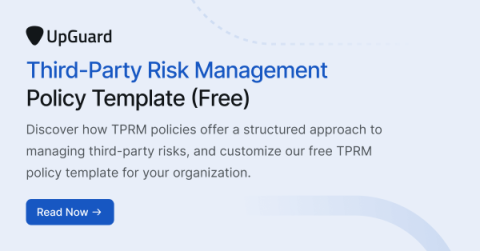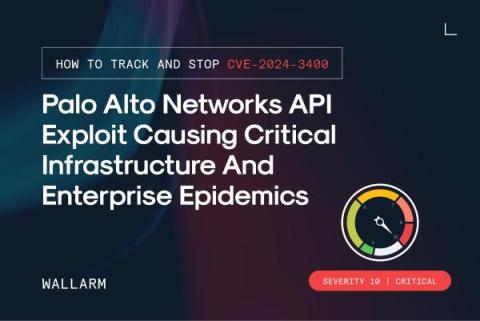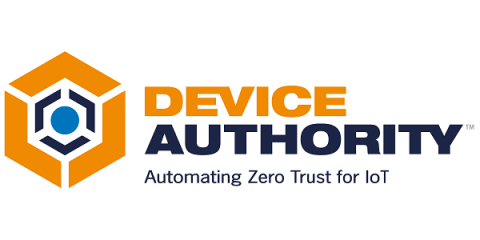Cybersecurity Challenges in European Telehealth
Telehealth or telemedicine is one of the most common ways of providing healthcare services in the EU, with nearly 77% of countries adopting some type of telehealth service. Countries like Norway, Sweden, Denmark, and Italy are considered some of the world’s leaders in providing telehealth services. Following the COVID-19 pandemic, telehealth became widely adopted across Europe, with many countries participating in cross-border collaboration.











